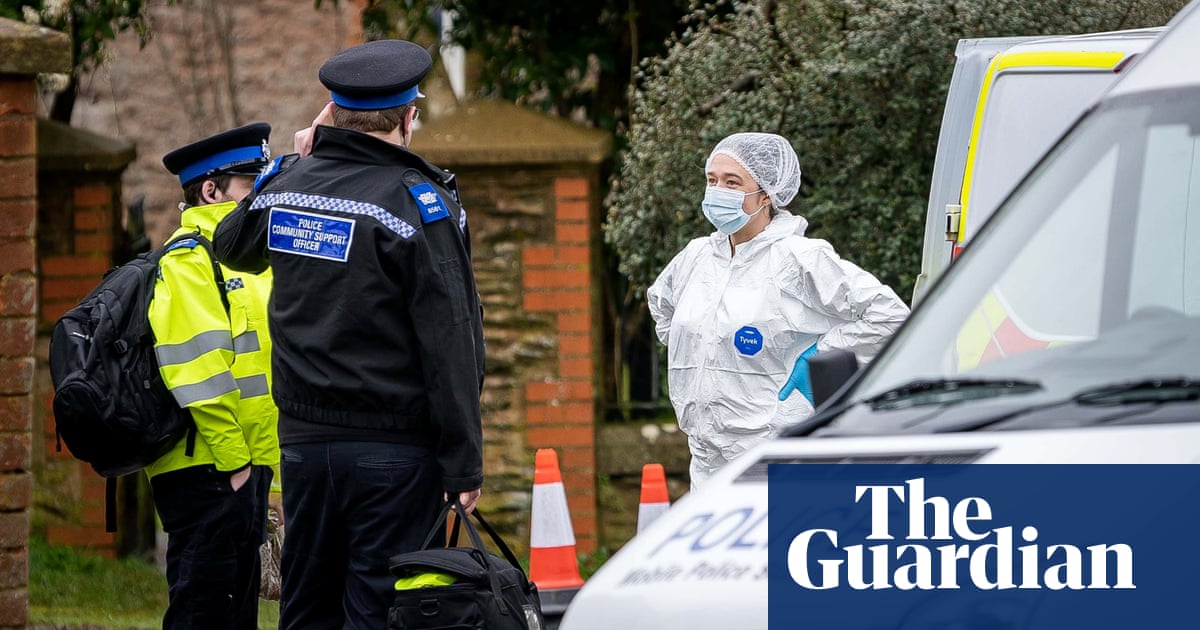
There have been running battles between Iranian police and anti-government protesters in Tehran, reports say, in the worst unrest there for years.
One person told BBC Persian that her neighborhood resembled a battlefield.
Protests, now in their seventh day, are also continuing in many other cities. Activists say eight protesters were shot dead overnight, while news outlets said two paramilitaries were killed.
The unrest was sparked by the death of a woman detained by morality police.
There are conflicting reports about the number of people who have been killed since the protests began.
State media have reported the deaths of 11 people, including security personnel and protesters, but Kurdish human rights groups have said that 15 protesters have died in western Iran alone.
Anger erupted after Mahsa Amini, a 22-year-old Kurdish woman from the north-western city of Saqez, died in hospital in Tehran on Friday following three days in a coma.
She was visiting the capital with her family on 13 September when she was arrested by morality police officers, who accused her of violating the law requiring women to cover their hair with a hijab, or headscarf, and their arms and legs with loose clothing. She collapsed after being taken to a detention center.
There are reports that officers beat Ms Amini"s head with a baton and banged her head against one of their vehicles. The police have said there is no evidence of any mistreatment and that she suffered "sudden heart failure".
In an interview with BBC Persian on Wednesday, Ms Amini"s father Amjad said he was not allowed by authorities to see all of her body before she was buried. He said he was only able to see her face, but not the back of her head, as well as her legs, both of which were bruised.
Amjad Amini also insisted that his daughter did not have any pre-existing medical conditions, as the interior minister has claimed.
Many Iranians were enraged by Ms Amini"s death and the first protests took place after her funeral, when women were filmed waving their headscarves in the air and shouting "death to the dictator" - a chant often directed at the Supreme Leader, Ayatollah Ali Khamenei.
Similar demonstrations were staged by students at several universities in Tehran, before the protests started spreading rapidly across the country.
"Now, we have seen so many men joining in and it has moved on from a protest against the compulsory hijab. It"s now against the whole existence of the Islamic Republic," BBC Persian"s Rana Rahimpour told the Today program.
She added: "This is most serious challenge to the Islamic leadership of Iran that we have seen here in recent years."
The BBC"s Kasra Naji reports that central and some northern parts of Tehran became thick with tear gas on Wednesday night as riot police, assisted by plainclothes security forces, attacked protesters in several neighborhoods.
The protesters set fire to big waste containers and blocked access to some streets, while shouting slogans against the Supreme Leader.
Scores of protesters were reportedly arrested, as security forces went door-to-door at homes and shops where they had taken refuge, our correspondent says.
There were also reports of police stations and other government buildings being overrun or set on fire, as protests took place in dozens of other cities.
Videos posted on social media showed a crowd cheering as a billboard showing Ayatollah Khamenei was torn down, as well as women burning their headscarves on bonfires and cutting their hair in public.
The deadliest unrest has been concentrated in Iran"s Kurdish-populated north-west, where Mahsa Amini lived.
The Kurdish human rights group Hengaw reported that eight protesters were killed by security forces on Wednesday, bringing the overall toll there to 15.
Two boys aged 15 and 16 were among those shot dead on Wednesday night in Oshnavieh and Urmia, both in West Azerbaijan province, it said.
Iranian officials have denied that security forces have killed protesters. They have said that at a total of 11 people, including four security personnel, have been killed by "rioters".
Tasnim and Fars news agencies reported on Thursday that a member of the paramilitary Basij Resistance Force — which is often used to suppress domestic dissent - was stabbed to death in the north-eastern city of Mashhad on Wednesday. A second Basij member was shot dead by "rioters" in the central city of Qazvin, according to Tasnim.
Internet-monitoring group NetBlocks meanwhile reported that Iran was now subject to the most severe internet restrictions seen since mass anti-government erupted in November 2019. Mobile phone networks were largely shut down, internet service was disrupted during protests, and access to Instagram and WhatsApp were being restricted, it said. — BBC











